May 21, 2025 | 03:45 GMT +7
May 21, 2025 | 03:45 GMT +7
Hotline: 0913.378.918
May 21, 2025 | 03:45 GMT +7
Hotline: 0913.378.918
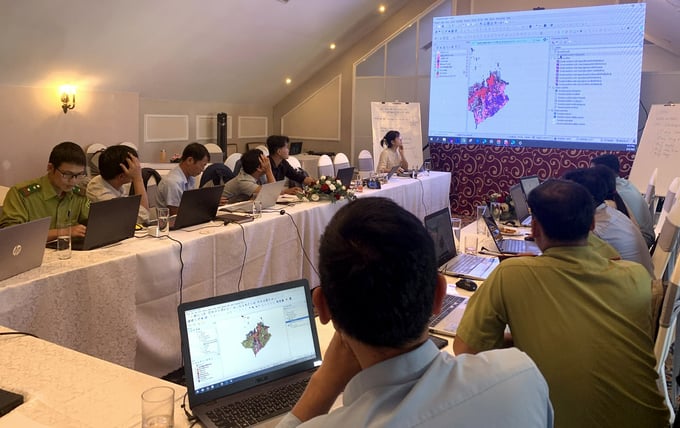
Project iLandscape cooperated with CIAT to organize training for forestry staff in Lam Dong. Photo: UNDP.
Vietnam has about 14 million hectares of forest, but the ranger force is only about 11,000 people, meaning each person must be responsible for more than 1,000 hectares on average. It is a challenging task, especially with hard-to-reach forest areas. Not only does it require a large number of personnel, but ground patrol also faces problems with the speed of deployment, which slows down the detection of illegal activities and hinders timely and effective investigation.
Amid that context, the Terra-i system jointly piloted by the UN-REDD Vietnam Program and CIAT in 2017 in Di Linh district, Lam Dong province, is like a lifesaver. Terra-i is a forest monitoring system that uses satellite images over a 10m space to detect changes in vegetation due to recent human activities, updated every 16 days.
By reducing ranger detection time after illegal activity such as illegal logging and encroachment occurs, Terra-i provides early warning of forest change, helping to strengthen law enforcement capacity and increase transparency in forest monitoring.
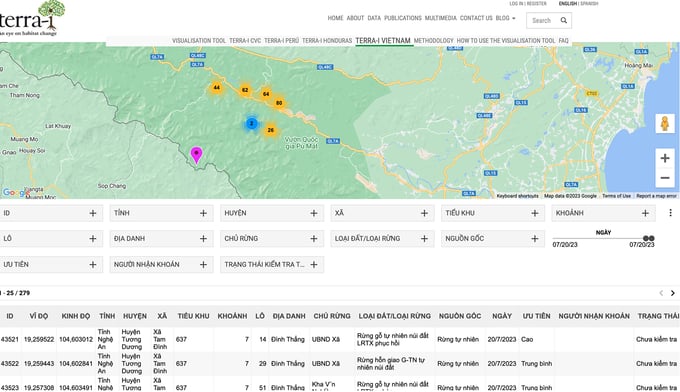
Data provided by Terra-i about forests in Pu Mat National Park (Nghe An province).
In Lam Dong, where forests amount to about 600,000 ha, accounting for more than 60% of the province's natural area, Terra-i also supports the close monitoring of coffee farms and areas, monitoring the implementation of conservation projects, hydropower, etc... Lam Dong Department of Agriculture and Rural Development said, thanks to being built and managed in real-time, the forest map is built by the Terra-i system to provide very accurate and timely forest loss warning information.
Previously, when there was any impact on the forest, such as deforestation, forest fire, encroachment on forest land, etc., forest owners and authorities had to go to the place, use a locator to record coordinates, and then have to use computers, maps... to accurately determine the area, location, and damage. But now, all it takes is a smartphone. Thanks to information from Terra-i about changes in forest cover, rangers quickly issue useful warnings to local authorities to identify priority locations and plan and take timely action.
Preventing forest degradation and loss is a top concern of many countries worldwide, especially the EU. Recently, the EU issued the EUDR - Deforestation-free Regulation, which requires importers and supply chain partners to prove that their products are unrelated to deforestation or forest degradation after December 31, 2020.
Recognizing that the Terra-i system can be helpful to Vietnam in meeting EUDR regulations, the iLandscape Project has expanded its operating area to 4 districts, including Lac Duong and Di Linh (Lam Dong province) and Dak G'long and Dak R'Lap districts (Dak Nong province). 10 forestry technical staff were trained to improve their capacity to monitor and manage land use comprehensively and transparently and provide early warning.
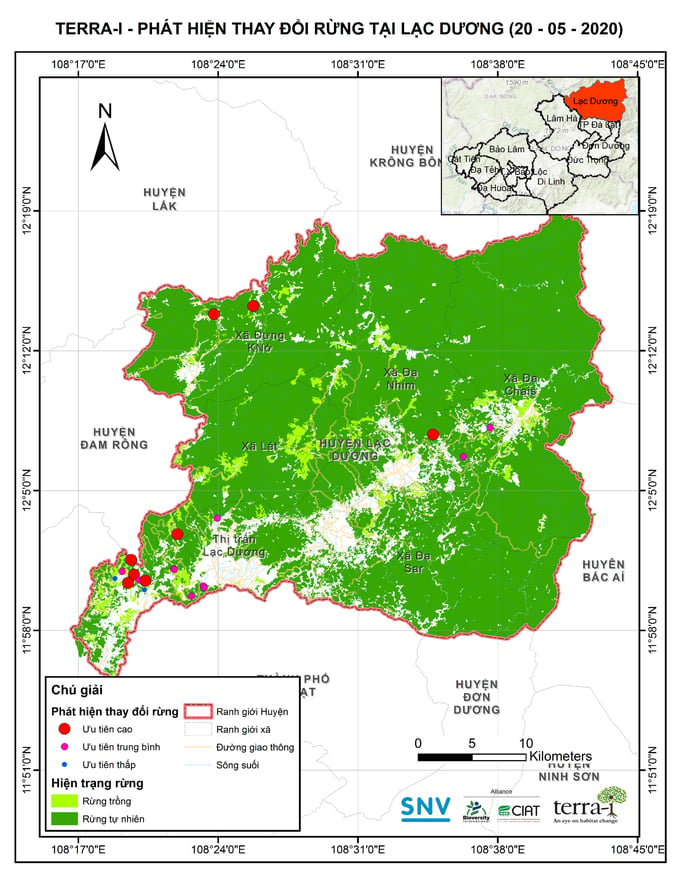
The map detects changes in Lac Duong district, according to data provided by Terra-i.
After completing the course, students will acquire knowledge of the tools and be able to analyze input data for Terra-i. Through a web browser, users can view and download data related to environmental change from satellite images Sentinel-1/2 and Landsat-8 with 10m spatial resolution.
Le Van Trung, the representative of the Lam Dong Department of Agriculture and Rural Development, said that the province has the second-largest coffee area in Vietnam (more than 150,000 hectares) and also has a large forest area (about 600,000 hectares). With complex terrain, identifying overlapping areas and proving coffee origin to meet EUDR is not a simple task, even though coffee trees in Lam Dong have been grown for a long time.
The course is implemented by the iLandscape Project in 4 steps: Introducing Terra-i to stakeholders and identifying needs and challenges that need to be addressed; Deploying the Terra-i pilot project; Carrying out field inspection; Validate Terra-i data with field data and strengthening the capacity of local forest rangers.
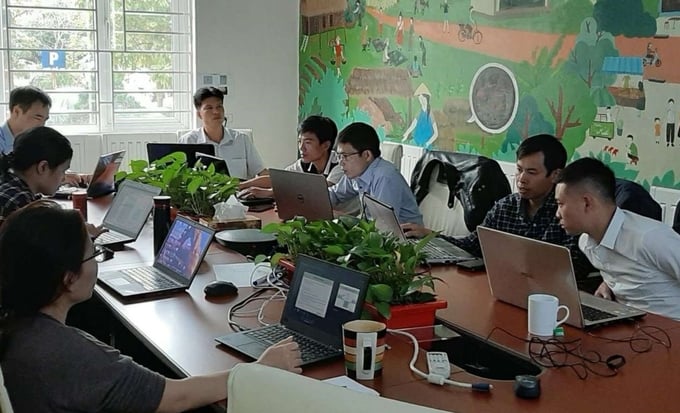
Training on the use of digital platforms for forest land management.
Previously, the International Climate Initiative under the Ministry of Environment, Nature Conservation and Nuclear Safety (BMU), Federal Republic of Germany sponsored and implemented the Agroforestry Coffee Project and Enhance forest quality in the buffer zone of Bidoup - Nui Ba National Park in Lac Duong district, Lam Dong province.
A traceability system associated with farm management for coffee companies and households, digital mapping with Terra-i integration has been built for more than 2,000 farmer households and an interactive system between links in the coffee supply chain. Through the project, the location of farmers' farms with warning points for vegetation cover at high risk of deforestation will be compared and evaluated to provide the most general overview of the current situation in the buffer zone.
The Lam Dong Provincial People's Committee has approved the application of Terra-i and decided to expand this system throughout the province. Civil society organizations, such as the Center for Sustainable Rural Development (SRD), have also recognized Terra-i as a helpful tool to promote participatory forest monitoring and recommended expanding its application to other provinces in Vietnam.
Translated by Tu Quyen

(VAN) Dong Thap farmers attained an average profit margin of 64% during the summer-autumn 2024 crop (first season), while An Giang and Kien Giang farmers followed with 56% and 54%, respectively.

(VAN) As a doctoral student doing research on renewable energy and electrification at Harvard University, the author shares his musings on electricity, nature, and countryside memories.

(VAN) The decree on Extended Producer Responsibility (EPR) ensures transparent management and disbursement of support funds, avoiding the creation of a “give-and-take” mechanism.

(VAN) Hue City rigorously enforces regulations regarding marine fishing and resource exploitation, with a particular emphasis on the monitoring of fishing vessels to prevent illegal, unreported, and unregulated (IUU) fishing.
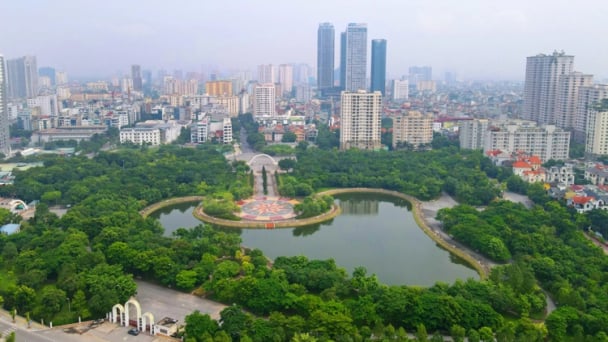
(VAN) Hanoi People's Committee has issued a plan on reducing greenhouse gas emissions in the waste management sector with 2030 vision.
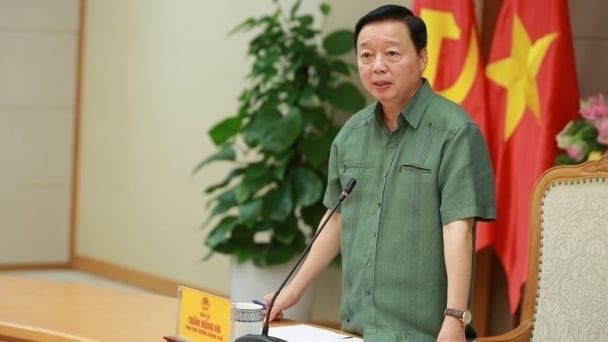
(VAN) Vietnam's draft amendment to Decree No. 156 proposes a mechanism for medicinal herb farming under forest canopies, linking economic development to population retention and the sustainable protection and development of forests.
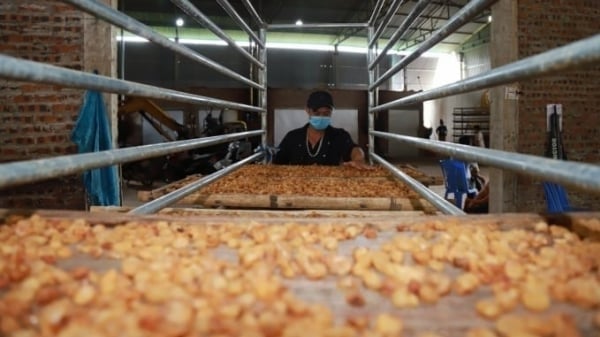
(VAN) In reality, many craft village models combined with tourism in Son La have proven effective, bringing significant economic benefits to rural communities.